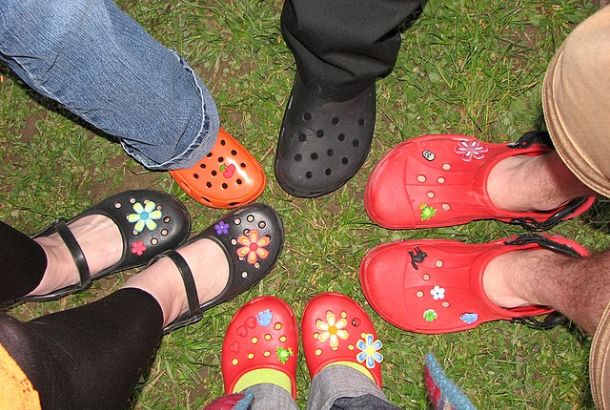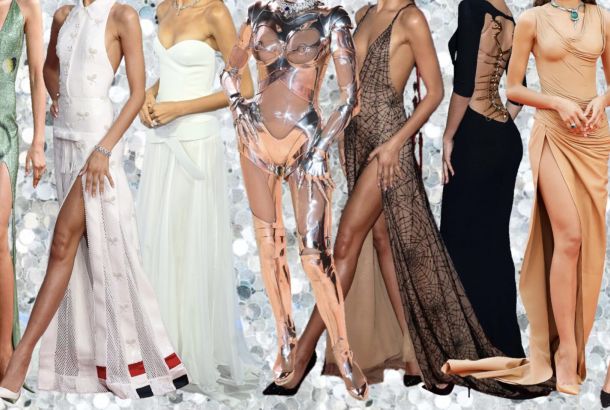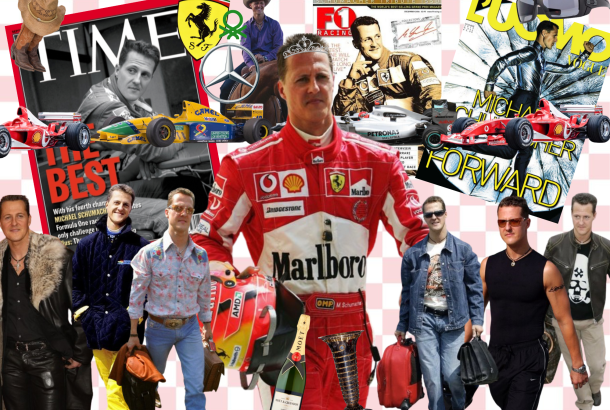Fashion and fluidity
Nowadays, there is a growing consensus that having two distinct gender camps, ‘male’ versus ‘female’, is a bit silly, really: The yin-yang model is gradually being replaced by a rainbow variance, and it is increasingly acceptable to wear what speaks to you without worrying which section of the shop it appears in. Fashion is one way in which this antiquated binary thinking has been performed, but there have been times in which the difference between men’s and women’s fashion has been less obvious, and when trends we would recognise today as being the preserve of one, were reversed.
Contemporary fashion is understood to have started around the 1300s, and was solely for men; paintings from the time only depict men’s fashion, reflecting the gender hierarchy and the importance of showcasing wealth. The ideal shape was an inverted triangle, with voluminous upper body and slender legs, covered in ornate buttons and detailing.
Ornamentation and fashion gradually crossed genders, and signs of wealth, such as the fur tippet scarf of the 1600s, were adopted from men by noblewomen. Fashion was for the rich, and men and women wore clothes that referenced one another, with heavy ruff collars and lace, while various political fluxes determined how flamboyant, or conservative, fashion displays were.
Make-up was also worn by both men and women throughout history, with the aligned desire for pale skin, which they achieved with white lead paint. In the 1770s, young men would go on their ‘grand tour’ of Europe, and were hugely concerned with their appearances; their wigs mirrored those of aristocratic women and they carried effeminate handbags, which were later carried by women.
Heels were initially worn by men, with a noblewoman, Catherine de Medici being the first woman to wear them, in the 1530s, to compensate for her short height. Louis XIV, the King of France, in the late 1600s, was renowned for wearing intricate heels, with the fashion for heels worn by both men and women vanishing upon the onset of the World Wars.
The big rise in the divergence of male and female fashion came in the early 1800s with the rise of the ‘gentleman’: men dressed in practical wear to compete in sports, and the flamboyance of previous centuries was rejected. It wasn’t until the beginning of the 1900s that the practical wardrobe began to be worn by women, brought about by women’s suffrage movement and the beginning of World War 1. Important icons such as Coco Chanel and Marlene Dietrich contributed to the acceptance of women in masculine dress, such as trouser suits.
Today’s increasing liberation from gender-rules grew across the last century, with gender-bending icons like David Bowie to thank. The emergence of gender-neutral catwalks and Vivienne Westwood’s recent gender-neutral campaign, show just how far fashion has progressed in the last century.







